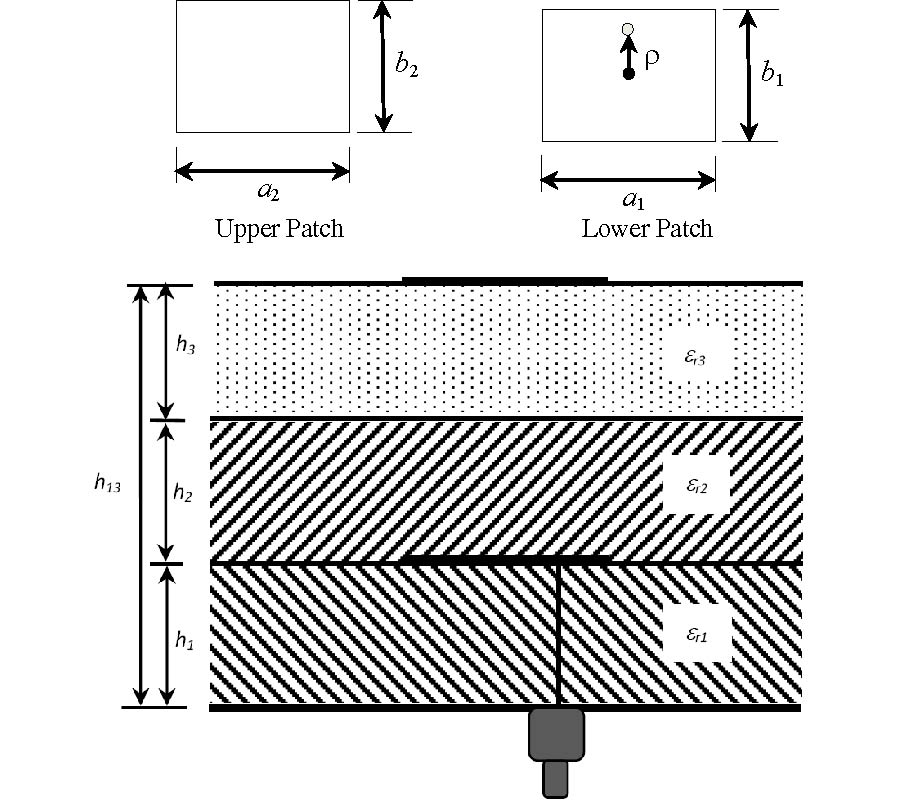2018-01-25 Latest Published
By Saumendra Kumar Mohanty
Biswa Binayak Mangaraj
Progress In Electromagnetics Research B, Vol. 79, 167-190, 2017
Abstract
Linear antenna array design is a multi-parameter, multi-objective, and nonlinear problem which requires optimal design parameters to get desired performance. To achieve desired performance through multi-objective optimization process, a compromise among desired objectives is essential. In such a situation to make a rational decision on global optimization to avoid arbitrary compromise to any objective, we introduced two fuzzy logic biased/fuzzy biased optimization techniques. We proposed fuzzy logic biased biogeography based optimization algorithm and fuzzy biased gravitational search optimization algorithm to solve M-element nonlinear linear antenna array design problem. In our design problem, we have considered a 16-element dipole-linear antenna array. The optimal design problem incudes thirty one design parameters (sixteen lengths, and fifteen spacings) and four performance parameters such as directivity, front to maximum side-lobe level, half power beamwidth, and front to back ratio. The result shows that applications of fuzzy biased optimizations are more efficient for solving multi objective problem. While analysing the linear antenna array, mutual coupling is taken into account for numerical analysis using method of moment.








